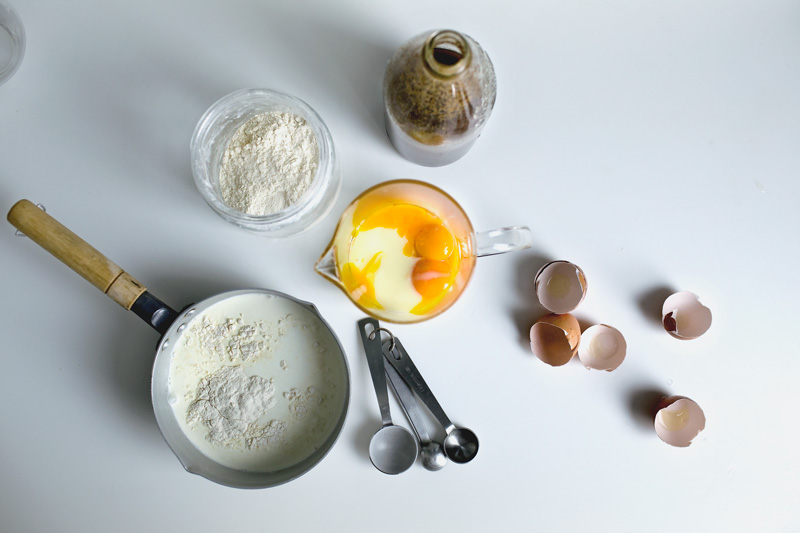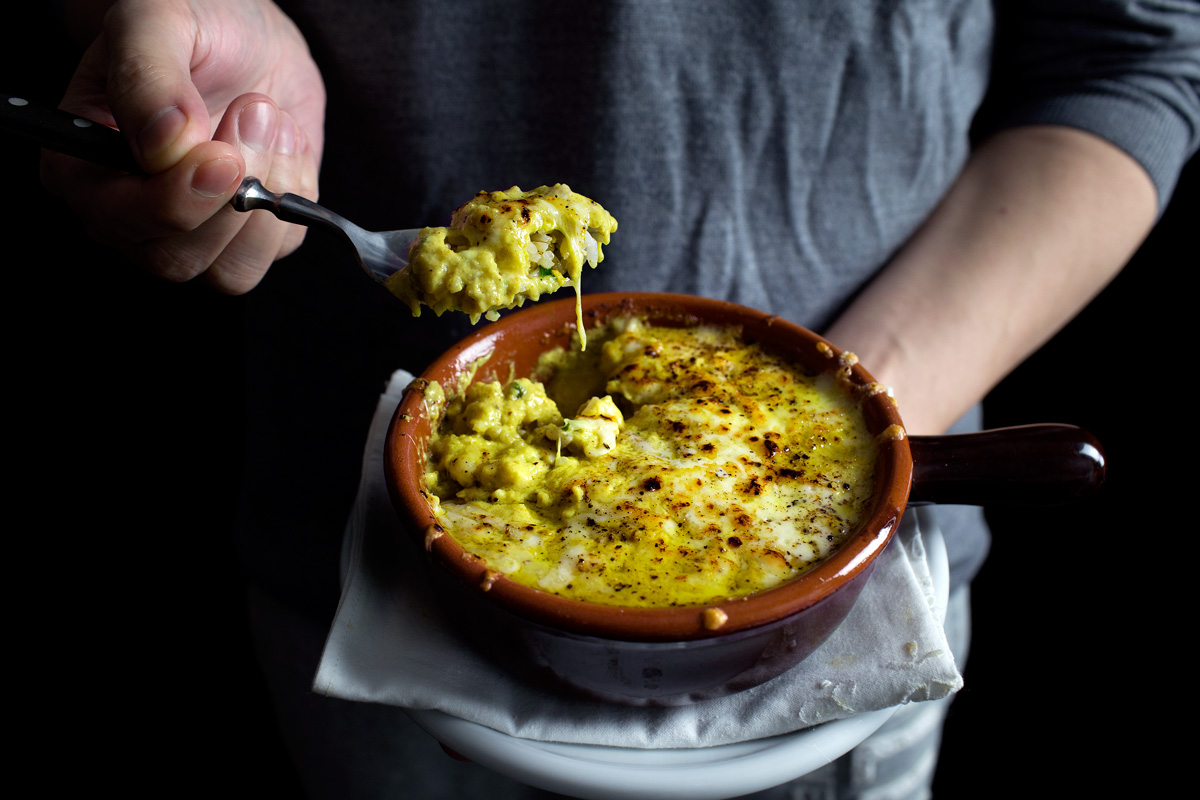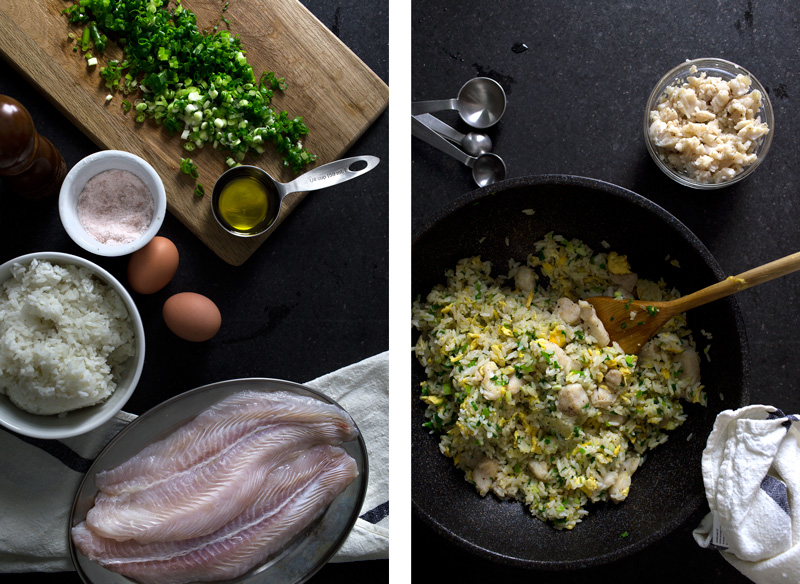ZERO-FOLDING PASTEL DE NATA, A HYBRID
Ever since I came back from Lisbon, the question haunts me.
What is a perfect pastel de nata?
Well for me, now more than ever, that depends on who you’re asking.
If you were from the Asian parts of the world as I am, growing up, this wildly popular pastry since the 90’s actually came from, and have always been, more as a Macao thing. Sure it’s known as the Portuguese-style egg tarts from Macao, the former Portugal colony famed for its many Portugal-influenced hybrid foods, but notice that it is NOT called pastel de nada, not even Portuguese egg tart, but ambiguously, “Portugese-STYLE” egg tart. Style? The name itself oozes deniability, suggesting that on one level or another, these tarts can’t be expected as a 100% identical replica of the originals, but a mere adaptation of some sort. Therefore with time, as the popularity of these tarts swept through every bakeries in Hong Kong, Taiwan, and even KFC (yes, they sell these at KFC here…), the Portuguese association sort of fell irrelevant, and the gold standard on what is a great pastel de nata, in Asia at least, is set on however it is made in Macao. And really, most people don’t have a clue on what the real thing is like.
But I’ve always wondered about this. I mean is “Portuguese-style egg tart” even a thing in Portugal? Do people even actually eat this stuff there or is it another freaky fortune cookie-phenomenon? And if they do, the question isn’t if it was the same from Macao, because I know there was no chance in hell that they’re the same. But the question is, how different?
So a couple months ago when I finally visited Lisbon for the first time, I was on a quest for truth. I didn’t know what to expect, but almost as immediately as we landed at the airport, truth no 1 revealed itself. Pastel de nada is definitely a thing in Portugal. I mean, they were everywhere, as common as bagels in NY or surfers in L.A. Well great, fantastic, because it allowed me to conduct an in-depth and thoroughly tasted investigation on truth no 2, which is, how different are the real things from Macao’s? Well, this was where the troubles began. They are, as expected, quite different on many textural levels, and now…
I’m completely torn.
I ASSURE YOU THAT THIS CONCLUSION, WHETHER YOU AGREE WITH IT OR NOT, CAME AFTER MUCH TORMENTS, SELF-REFLECTIONS AND EVEN SOME SOUL-SEARCHING ON WHO I AM AS A SENTIENT PASTRY EATER… (BUT THE ANSWER TO) WHAT IS ULTIMATELY A PERFECT PASTEL DE NATA?
WELL, A HYBRID






